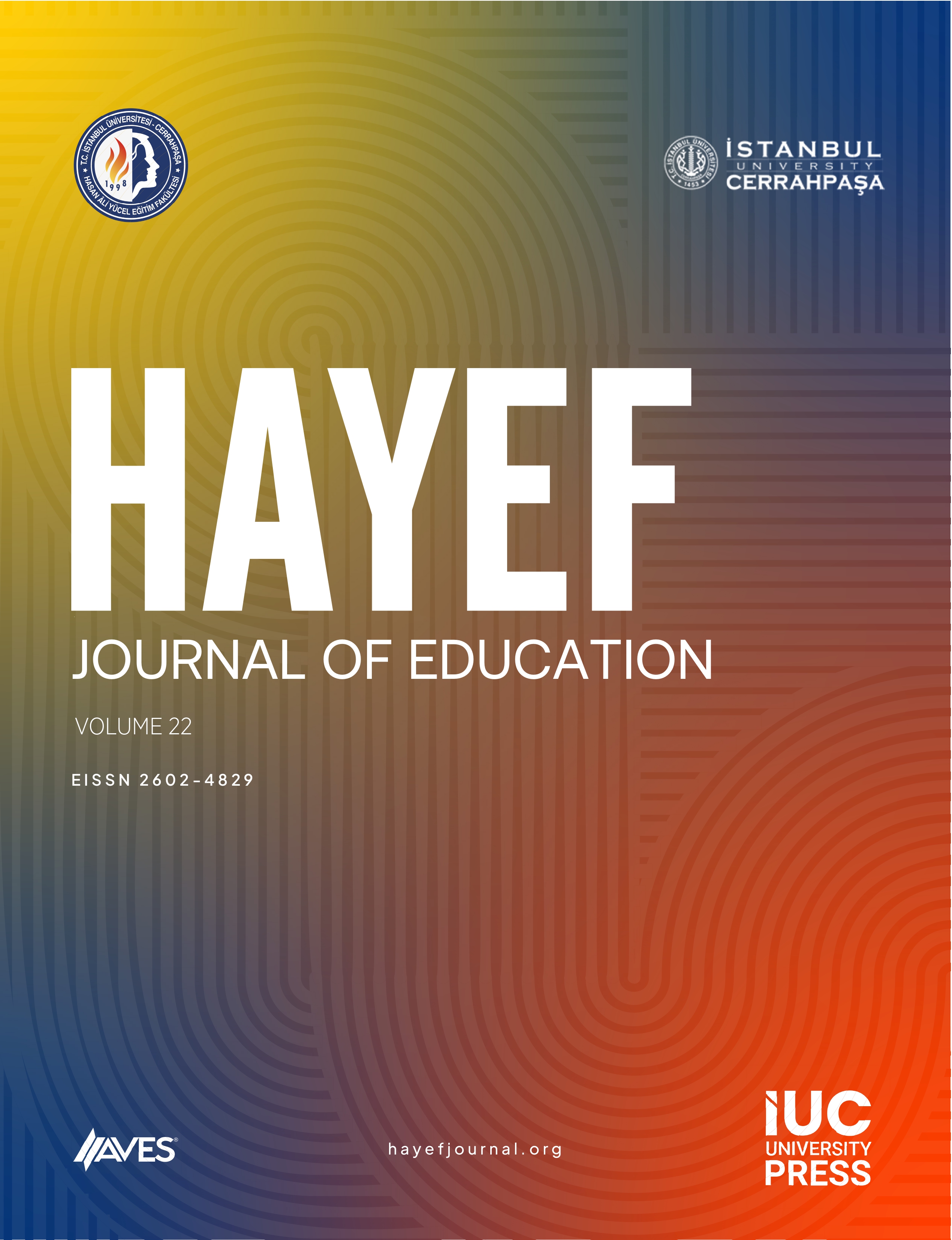The study aims to investigate the levels of separation-individuation and peer relations of adolescents in terms of several demographic variables, such as gender, class level, and school type. The sample population of the study consists of 11th and 12th grade high school students in Batman province (Turkey). The participants comprised 312 females and 245 males, 209 of whom were 11th grade and 348 were 12th grade students. A total of 557 individuals were randomly or voluntarily selected from various high schools in Batman, (Turkey). The study utilized the correlational survey model. The measuring tools employed were the Separation-Individuation Scale, The Inventory of Parent and Peer Attachment (IPPA) and a personal information form. Data were analyzed through several demographic variables, independent t-test, ANOVA, Pearson Product Moments Correlation, and multiple regression. Results suggest that a meaningful relationship in the negative direction exists between peer relations and separation-individuation of adolescents. On the one hand, peer relations were found to predict separation-individuation. On the other hand, although the levels of separation and individuation and peer relationships of adolescents were found to be partially meaningful according to gender and class status, such levels were found meaningful according to school type in all scales.
Cite this article as: Aslan, A. E., Çiçek, İ. Examination of Separation-Individuation Levels and Peer Relations of Adolescents According to Spesific Several Variables. HAYEF: Journal of Education, 17(1);83-102.



